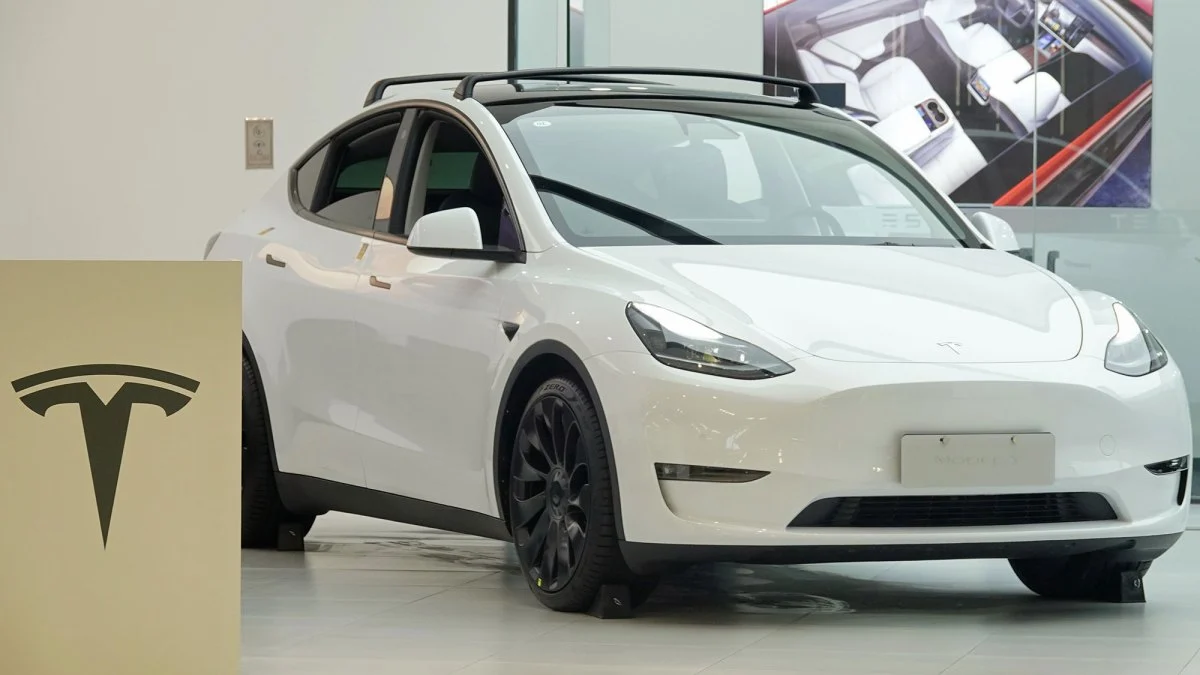The researchers will present their research next week at the Black Hat cybersecurity conference in Las Vegas.
Christian Werling, one of the three students at Technische Universität Berlin who conducted the research along with another independent researcher, said that their attack requires physical access to the car, but that’s exactly the scenario where their jailbreak would be useful.
“We are not the evil outsider, but we’re actually the insider, we own the car,” Werling told TechCrunch in an interview ahead of the conference. “And we don’t want to pay these $300 for the rear heated seats.”
The technique they used to jailbreak the Tesla is called voltage glitching. Werling explained that what they did was “fiddle around” with the supply voltage of the AMD processor that runs the infotainment system.
“If we do it at the right moment, we can trick the CPU into doing something else. It has a hiccup, skips an instruction and accepts our manipulated code. That’s basically what we do in a nutshell,” he said.
With the same technique, the researchers said they were also able to extract the encryption key used to authenticate the car to Tesla’s network. In theory, this would open the door for a series of other attacks, but the researchers said they still have to explore the possibilities in this scenario.
The researchers said they were also able to extract personal information from the car such as contacts, recent calendar appointments, call logs, locations the car visited, Wi-Fi passwords and session tokens from email accounts, among others. This is data that could be attractive to people who don’t own that particular car, but still have physical access to it.
Mitigating the hardware-based attack that the researchers achieved is not simple. In fact, the researchers said, Tesla would have to replace the hardware in question.
Tesla did not respond to a request for comment.



Cost of equipment wasted vs cost of setting the plant up to make multiple option packages. Also, if you force someone to make a decision when they initially buy the vehicle, then you permanently never get that upgrade on that vehicle. However, if someone can chose later that they want heated seats then they might make the sale when the owner is sitting in their car on a cold winter morning freezing their butt off. Or, if the second owner wants it. All I’m saying is the cost of providing different manufacturing options vs the possible profits of someone purchasing it later, it is probably more profitable for them to do what they are doing. Otherwise they wouldn’t be doing it.